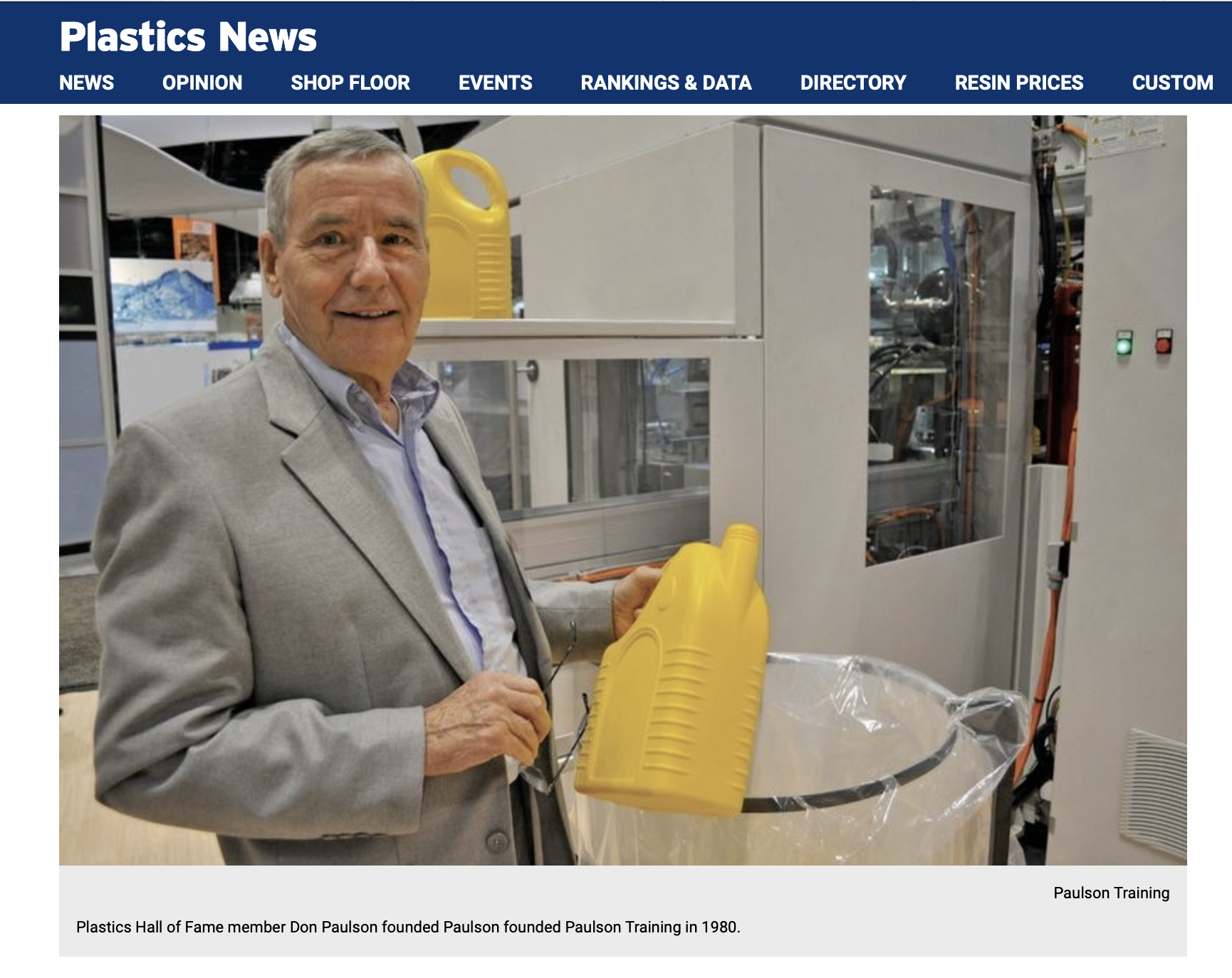 For companies that are in the business of helping other companies (in our case plastics manufacturers) upgrade and maintain the knowledge and skills of their production teams, discussions about the REAL payback from training are problematic. What if there were a proven mathematical formula and a special calculator that could take your old production metrics, enter in your new, post-training production numbers and give you a hard and fast ROI figure? For decision makers having to justify an investment in training, this would certainly give them the comfort level they’re used to when buying a new injection molding machine, for example.
For companies that are in the business of helping other companies (in our case plastics manufacturers) upgrade and maintain the knowledge and skills of their production teams, discussions about the REAL payback from training are problematic. What if there were a proven mathematical formula and a special calculator that could take your old production metrics, enter in your new, post-training production numbers and give you a hard and fast ROI figure? For decision makers having to justify an investment in training, this would certainly give them the comfort level they’re used to when buying a new injection molding machine, for example.
We have an ROI calculator for injection molders here on our site. This calculator lets you plug in important numbers from a current injection molding job (i.e. what you quoted) and then input the actual numbers that your machine(s) are running. Click “Calculate” and you get an immediate picture of what you are making, or (in most cases) giving away to your customer in quoted profit.
An investment in training means you have to make a tough decision without all the information you’d like to have. But then again, aren’t most decisions made with incomplete or imperfect data?
For some reason, many companies still don’t regard employee training as an important part of their plastics production process – an investment. Here at Paulson Training, we have seen over and over again that not only are employees an important part of the production process, they are probably THE most important part.
Training employees without impacting production has never been easier. You can train on-line, offline, at work and at home. No need to wait for ALL of the data you think you need before justifying a training investment. You are never going to get it. So waiting becomes the equivalent to saying “No” to training.
When it comes to investing in your workforce, there are only 2 choices – Yes or No. For companies that say “No”, you can bet your bottom dollar that many of the companies you compete with are investing in their workers and will leave their less aggressive competitors further and further behind.



